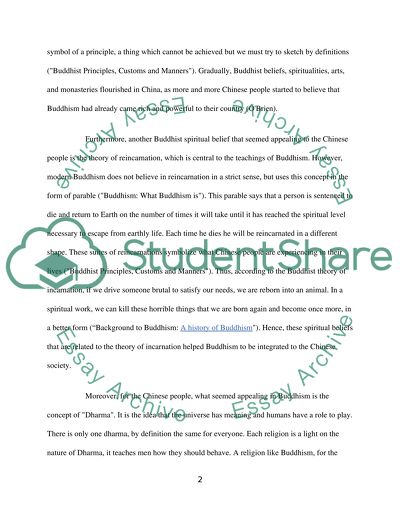Cite this document
(“How Buddhism Integrated to the Chinese Society Essay”, n.d.)
Retrieved from https://studentshare.org/religion-and-theology/1432633-how-buddhism-integrated-to-the-chinese-society
Retrieved from https://studentshare.org/religion-and-theology/1432633-how-buddhism-integrated-to-the-chinese-society
(How Buddhism Integrated to the Chinese Society Essay)
https://studentshare.org/religion-and-theology/1432633-how-buddhism-integrated-to-the-chinese-society.
https://studentshare.org/religion-and-theology/1432633-how-buddhism-integrated-to-the-chinese-society.
“How Buddhism Integrated to the Chinese Society Essay”, n.d. https://studentshare.org/religion-and-theology/1432633-how-buddhism-integrated-to-the-chinese-society.


